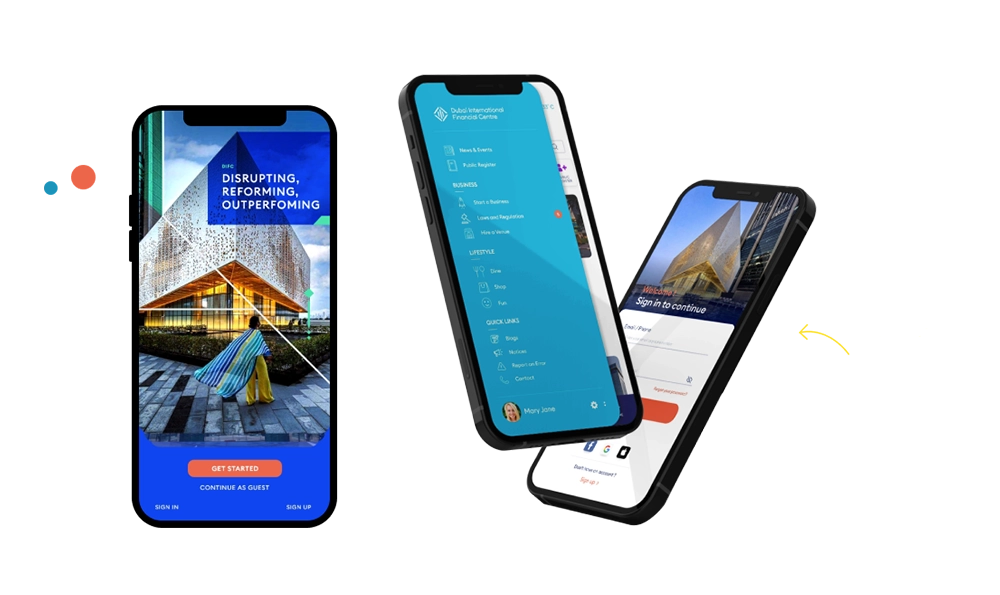Blockchain technology has taken the world by storm since its inception with the creation of Bitcoin in 2009. While cryptocurrencies might have brought this revolutionary technology into the limelight, blockchain’s potential extends far beyond digital currencies. Today, blockchain development is transforming various industries and challenging traditional paradigms across the globe. In this blog, we will delve into the fundamental concepts of blockchain, explore its development process, and highlight the industries it’s disrupting.
1. Understanding Blockchain: To comprehend the significance of blockchain development, it’s essential to grasp the core principles of the technology. At its core, a blockchain is a decentralized, immutable, and distributed ledger that securely records transactions across multiple computers (nodes). Each transaction is bundled into a block, and these blocks are connected in a chronological sequence, forming the chain. The immutability of the blockchain ensures that once a transaction is recorded, it cannot be altered or deleted, enhancing security and transparency.
2. Blockchain Development Process: Blockchain development typically involves several key steps:
2.1. Identifying Use Cases: Before diving into the technicalities, developers need to identify potential use cases for blockchain technology. Industries like finance, supply chain, healthcare, real estate, and voting are all ripe for blockchain disruption.
2.2. Selecting the Right Blockchain Platform: Depending on the use case and requirements, developers can choose from various blockchain platforms, such as Ethereum, Hyperledger, EOS, and more. Each platform has its strengths and weaknesses, and the choice will impact the project’s performance and scalability.
2.3. Smart Contract Development: Smart contracts are self-executing contracts with the terms of the agreement written directly into code. They automate processes, eliminate intermediaries, and ensure transparency. Developers need to write smart contracts carefully, considering security vulnerabilities.
2.4. Blockchain Consensus Mechanisms: Consensus mechanisms are algorithms that ensure all nodes in the network agree on the state of the blockchain. Proof-of-Work (PoW) and Proof-of-Stake (PoS) are two common mechanisms, each with its pros and cons.
2.5. Developing the Frontend and Backend: Like any other application, blockchain projects require frontend interfaces for users to interact with the system and backend components to process data and communicate with the blockchain network.
2.6. Testing and Deployment: Rigorous testing is crucial to ensuring the blockchain application’s security and functionality. Once testing is complete, the application is deployed to the selected blockchain network.
3. Industries Transformed by Blockchain: Blockchain development has the potential to revolutionize several industries:
3.1. Finance and Banking: Blockchain enables faster cross-border payments, reduces transaction costs, and enhances security. Decentralized finance (DeFi) platforms are emerging, offering various financial services without intermediaries.
3.2. Supply Chain Management: Blockchain enhances supply chain transparency by tracing products from origin to destination, reducing fraud, ensuring product authenticity, and optimizing logistics.
3.3. Healthcare: Blockchain can secure electronic health records, enable secure data sharing among healthcare providers, and streamline medical billing processes.
3.4. Real Estate: Blockchain simplifies property transfers, reduces fraud, and facilitates fractional ownership of real estate assets.
3.5. Voting: Blockchain-based voting systems can ensure tamper-proof and transparent elections, increasing voter trust.
4. Challenges and Future of Blockchain Development: Despite its immense potential, blockchain development faces challenges such as scalability, interoperability, regulatory hurdles, and energy consumption (in the case of PoW blockchains). Overcoming these challenges will be vital to widespread adoption.
The future of blockchain development is promising, with ongoing research into innovative consensus algorithms, interoperability solutions, and scalability improvements. The rise of blockchain as a service (BaaS) and simplified development tools will democratize access to blockchain technology, encouraging more developers and businesses to explore its potential.
Conclusion: Blockchain development has the potential to revolutionize various industries, empowering them with enhanced security, transparency, and efficiency. As developers continue to explore this groundbreaking technology, we can expect further innovations that will shape a decentralized and more connected future. By understanding the fundamental concepts of blockchain and adopting best practices in its development, we can unleash the full potential of this transformative technology and build a more inclusive and efficient global economy.





